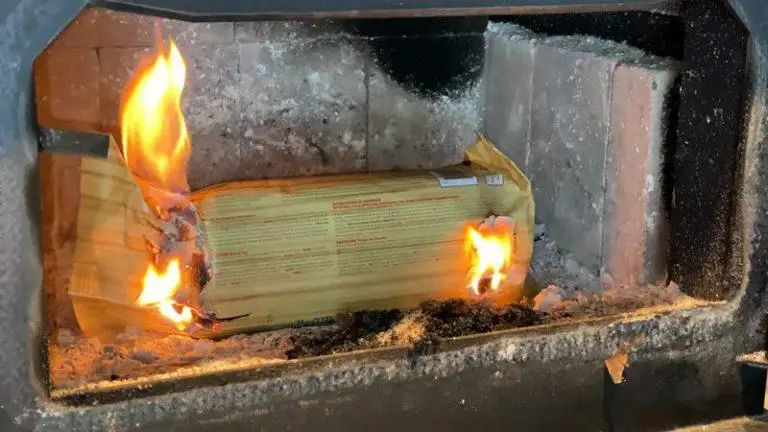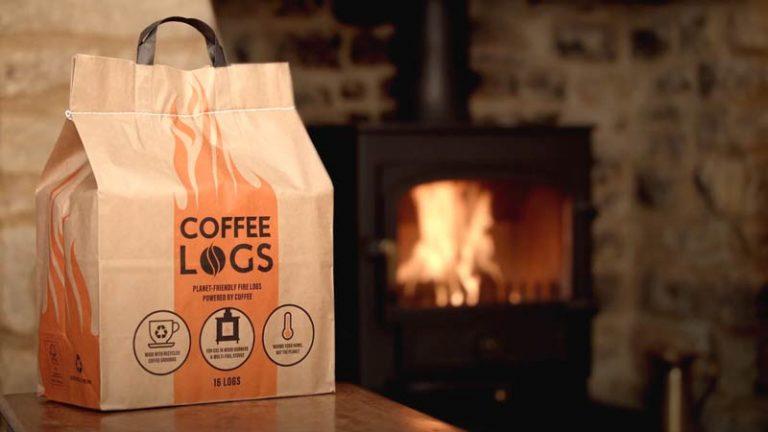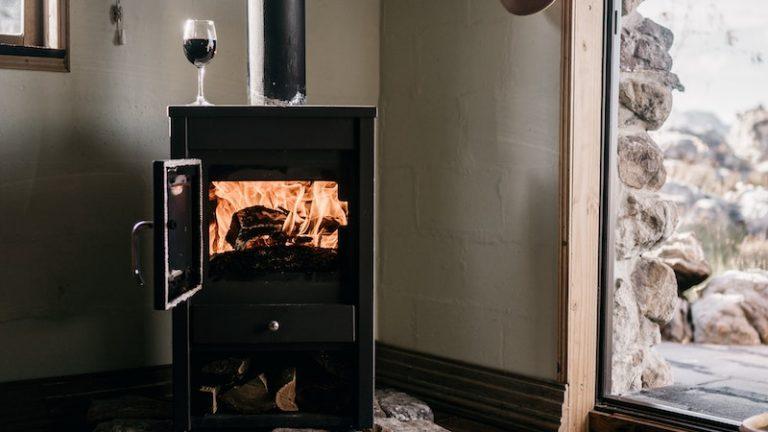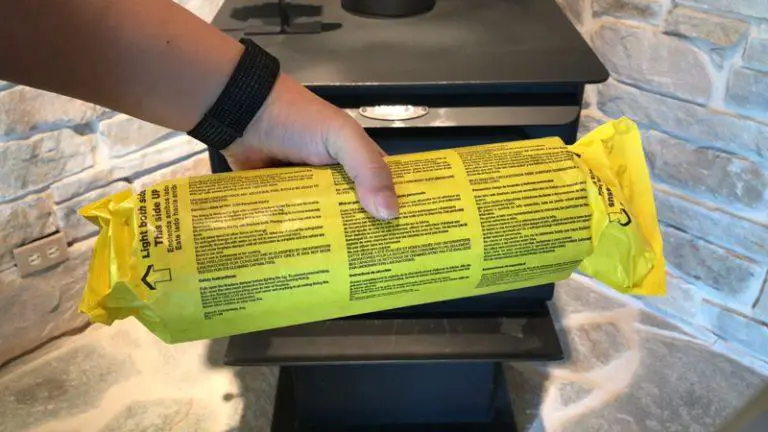Can You Burn Wood With A Creosote Log
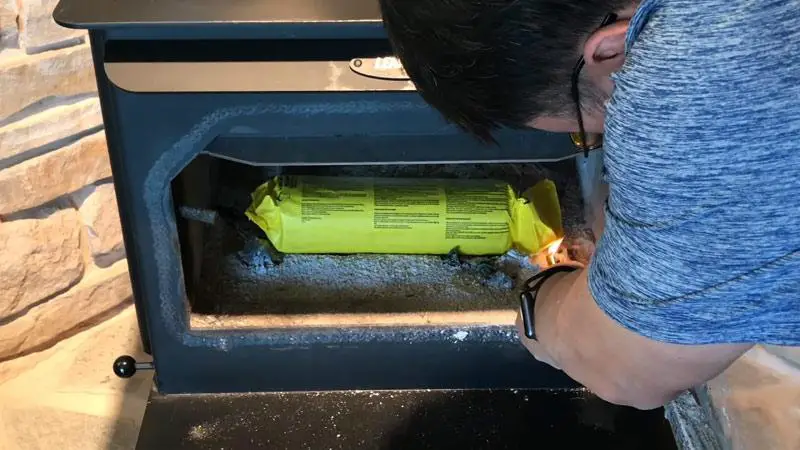
Creosote is a byproduct of wood-burning fires and should be removed as it falls to the bottom of your fireplace. Use these logs with any wood-burning fire to help get the most out of your burning time.
Make sure you remove the creosote as it falls to the bottom of your fireplace for optimal burning results.
Can You Burn Wood With A Creosote Log?
Creosote, a byproduct of wood burning, can build up in your fireplace and cause problems down the line. Be sure to clean out the creosote every time you use your fireplace and remove it as it falls to the bottom.
Use these logs with any type of wood-burning fire; they work well for all types of fires. Make sure that when using these logs that there are no sparks flying because this could set off the creosote in your fireplace.
Burn Creosote Logs In Your Fireplace
Creosote logs are a great way to add character and warmth to your fireplace. Make sure that you use caution when burning creosote logs as they can be dangerous if not handled correctly.
Place the logs on an even surface so that they ignite evenly, avoiding any sparks or flames by accident Keep a close eye on your fire while it burns with creosote logs – it’s easy to get lost in the heat of the flames.
Enjoy hours of relaxing ambiance by burning creosote logs in your fireplace this winter season.
Make Sure You Remove The Creosote As It Falls To The Bottom Of Your Fireplace
Creosote is a by-product of wood burning and should be removed as it falls to the bottom of your fireplace. If you are using untreated creosote logs, be sure to remove them before starting your fire.
Make sure all debris has been cleared from around the opening of the fireplace before lighting a fire–this includes leaving any kind of grate in place. Always use caution when handling creosote logs; they can easily start a wildfire if not handled correctly.
Check with your local Fire Prevention Bureau for more information on how to safely burn treated creosote logs in your fireplace.
Use These Logs With Any Wood-Burning Fire
Creosote logs are perfect for anyone looking to start a wood-burning fireplace. They come in different sizes so you can find the right one for your needs.
You will also need some other supplies, like kindling and tinder, to get started. Make sure you follow all safety guidelines when using this product. Be prepared for some intense heat as you prepare your fire with these logs.
How do you burn creosote logs?
Creosote logs are a popular way to heat your home, and there are several ways to burn them. To use creosote logs in your fireplace or wood stove, first place them into the fire.
Burn for 90 minutes, and then let the CSL burn out completely before you dispose of it safely. Make sure that you do not leave any debris on the burning logs when they’re finished; this could create a dangerous spark hazard.
Store any unused CSL in a safe container away from children and pets.
Can you use a Creosote Sweeping Log in a wood stove?
Yes, you can use a Creosote Sweeping Log on a wood stove. This tool helps sweep the creosote and other debris from the chimney.
CSL Cannot Be Used on Metal Chimneys
The sweeping log is not safe to use on metal chimneys because the heat from the fire may cause it to warp or melt.
Safe To Use With All Masonry Chimneys
The sweeping log can be used with all masonry chimneys, including those made of steel, iron, and copper.
More Options
The sweeping log may be used with woodstoves, wood-burning furnaces, fireplace inserts, and wood-burning fireplaces with a gas starter.
While the sweeping log is not suitable for boilers or dual fuel stoves due to its high-heat properties, it can be used with wood-burning appliances such as furnaces and fireplace inserts that have a gas starter.
Not Suitable for Boilers or Dual Fuel Stoves
Because the sweeping log has a very low ignition temperature (around 350 degrees), it is not suitable for use in boilers or dual fuel stoves where there might be potential fires if something catches fire while being burned off by the stove’s flame.
How long does it take a creosote log to burn?
Creosote sweeping log burns for 90 minutes pre-heat chimney with CSL prior to burning wood keep CSL near the fireplace for improved draft use a clean sweepstakes entry form.
Furnace/furnace system wiring diagrams, heating/cooling/electrical diagrams, and piping diagrams for residential homes and commercial buildings. Furnace/furnace system wiring diagrams, heating/cooling/electrical diagrams, and piping diagrams for residential homes and commercial buildings..
The chimney sweep and chimney flue repair service that you can depend on. We provide high-quality chimney sweeps and chimney flue repairs in the Houston area. Call today for a free estimate.
How often do you need to burn a creosote log?
If you want to protect your home from fire, you’ll need to burn a creosote log every three months. Creosote is a natural substance that helps keep wood fires burning.
- You should burn a creosote log every 60 fires in order to keep your chimney clean and functioning properly. The right kind of wood to use for this purpose is hardwood that has been treated with a creosote mixture.
- Make sure you’re burning the logs at the correct height so they are fully consumed by the fire.
- Keep an eye on your chimney and monitor its frequency of operation. If you notice any damage or abnormalities near the top of your chimney, it’s time to make some repairs before it gets worse.
- It’s important to check for damaged parts near the top of your Chimney as this can lead to dangerous levels of smoke being released into the air, which could impact your health negatively.
- Make sure you have all necessary supplies on hand in case something goes wrong while using your fireplace – such as getting lost inside or having an emergencyexit close by.
Are creosote logs toxic?
Creosote logs are a type of wood that is used to make furniture, floors and other items. They can also be burned for heat or energy. However, some people think creosote logs may be poisonous because they contain a chemical called creosote.
If you’re ever exposed to large amounts of creosote logs, it’s important to call your doctor right away. Exposure to this kind of toxin can cause health problems such as cancer.
Follow the Manufacturer’s Directions
When handling creosote logs, always follow the manufacturer’s directions to avoid any potential health risks.
Creosote logs can be toxic if not handled correctly and can release dangerous fumes when burned. Always wear a safety mask if necessary and keep your damper open until the fumes are expelled.
Keep Your Damper Open Until The Fumes Are Expelled
If you’re burning creosote logs, it is important to keep your damper open until the fumes are expelled so that you don’t inhale any of these harmful chemicals.
If you do happen to breathe in these fumes, please seek medical attention as soon as possible.
Avoid Breathing In The Fumes
Do not attempt to breath in the fume from creosote logs unless you are wearing a safety mask or have a proper ventilation system installed in your home or business building. This will protect both you and those around you from potentially deadly toxins exposure while burning these wood products safely indoors.
How effective is Creosote Sweeping Log?
Sweeping logs are not effective enough to clean out chimney flues. Creosote residue may remain after sweeping and burning of wood in a fireplace increases the amount and thickness of creosote residue.
Regular sweeping isn’t enough to dislodge the creosote and clean out the flue; use a chimney sweep instead.
Do potato peels clean chimneys?
If you have leftover potato skins, save them by burning them in the fall as an energy-saving activity. Keep your chimney clean by using a potato peel to remove built-up soot and ash.
Clean your fireplace with fresh potato peels every year before the winter season begins.
What dissolves creosote?
Creosote can be dissolved by vinegar, salt water or chemical cleaners. Choose a method that is safe for your property and will also do the most damage to the creosote.
Work quickly to dissolve the creosote before it becomes too hard to remove. Make sure you have all of the necessary cleaning supplies on hand before starting work. Remember to wear gloves and eye protection when working with chemicals
Will a chimney fire burn itself out?
A chimney fire is a dangerous situation that can quickly become out of control. Chimneys are built with specific features to help them resist burning, but if the fire gets too large or hot, it can easily spread.
To prevent a chimney fire from becoming an emergency, follow these tips:
- If you notice smoke or flames coming from your chimney, act quickly.
- If there is any possibility of a fire, do not attempt to clear it yourself – call 9-1-1.
- Stay away from open windows and doors and keep people out of the building until firefighters arrive.
Does burning aluminum clean chimney?
Burning aluminum cans won’t clean your chimney. Creosote buildup caused by a fire produces flakes and powder, not gases. Proper chimney brushes are necessary to remove creosote build-up from the fireplace’s interior walls and ceilings – even with burning aluminum canisters.
Closing windows & doors during a fire will help reduce airflow and minimize smoke & heat in the room – keeping your Chimney Cool. Make sure you have all the correct equipment for cleaning your chimney before starting a fire: an Aluminum Can Cleaner, Chimney Brushes, Fire Starter etc…
Always be safe when using any type offire starter or flame source – use caution and never leave children unattended near open flames.
To Recap
Yes, you can burn wood with a Creosote log. However, be careful not to overheat the wood or the creosote will ignite and produce dangerous fumes. Be sure to use a proper burning method and keep an eye on the logs for heat buildup so you don’t start a fire.

